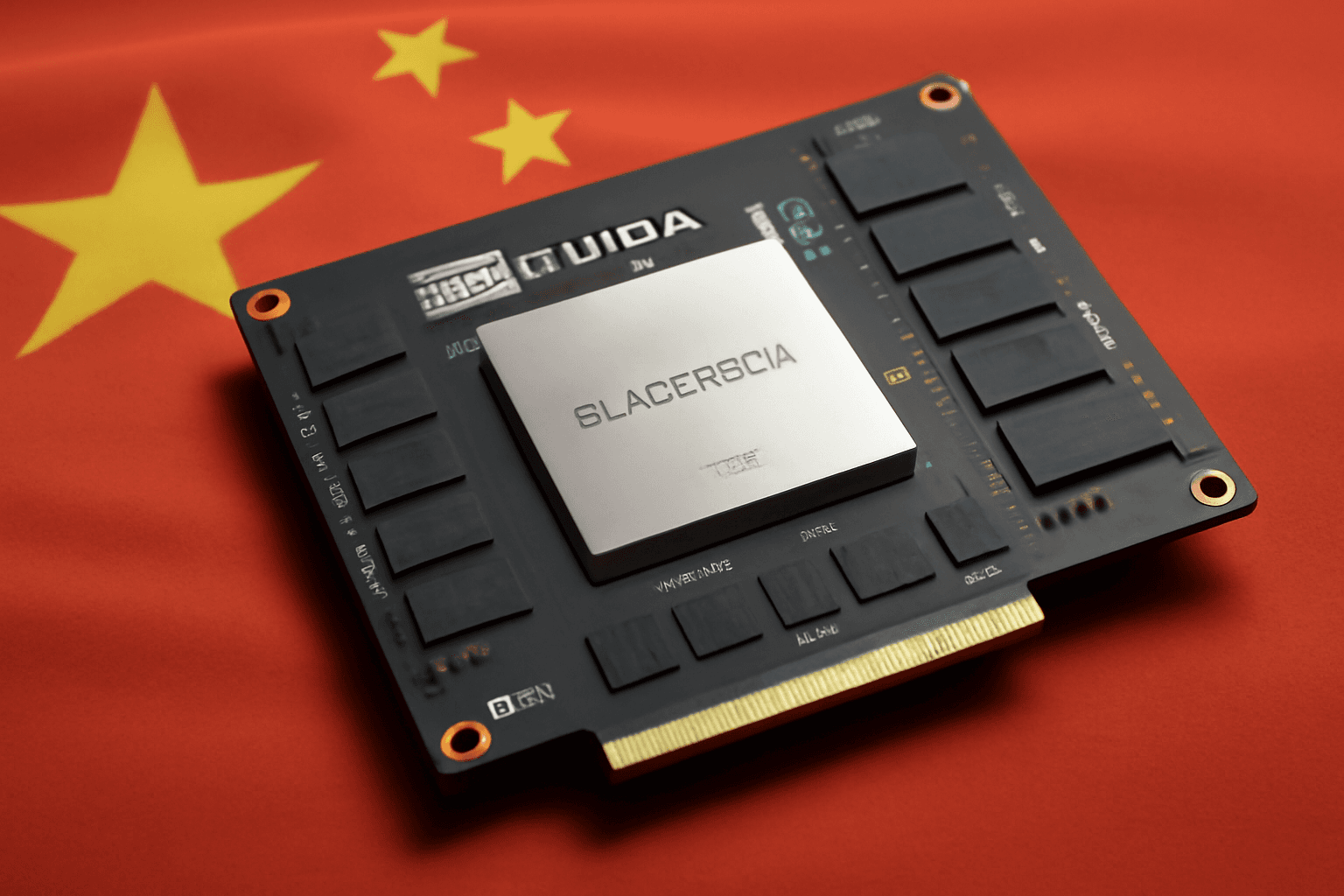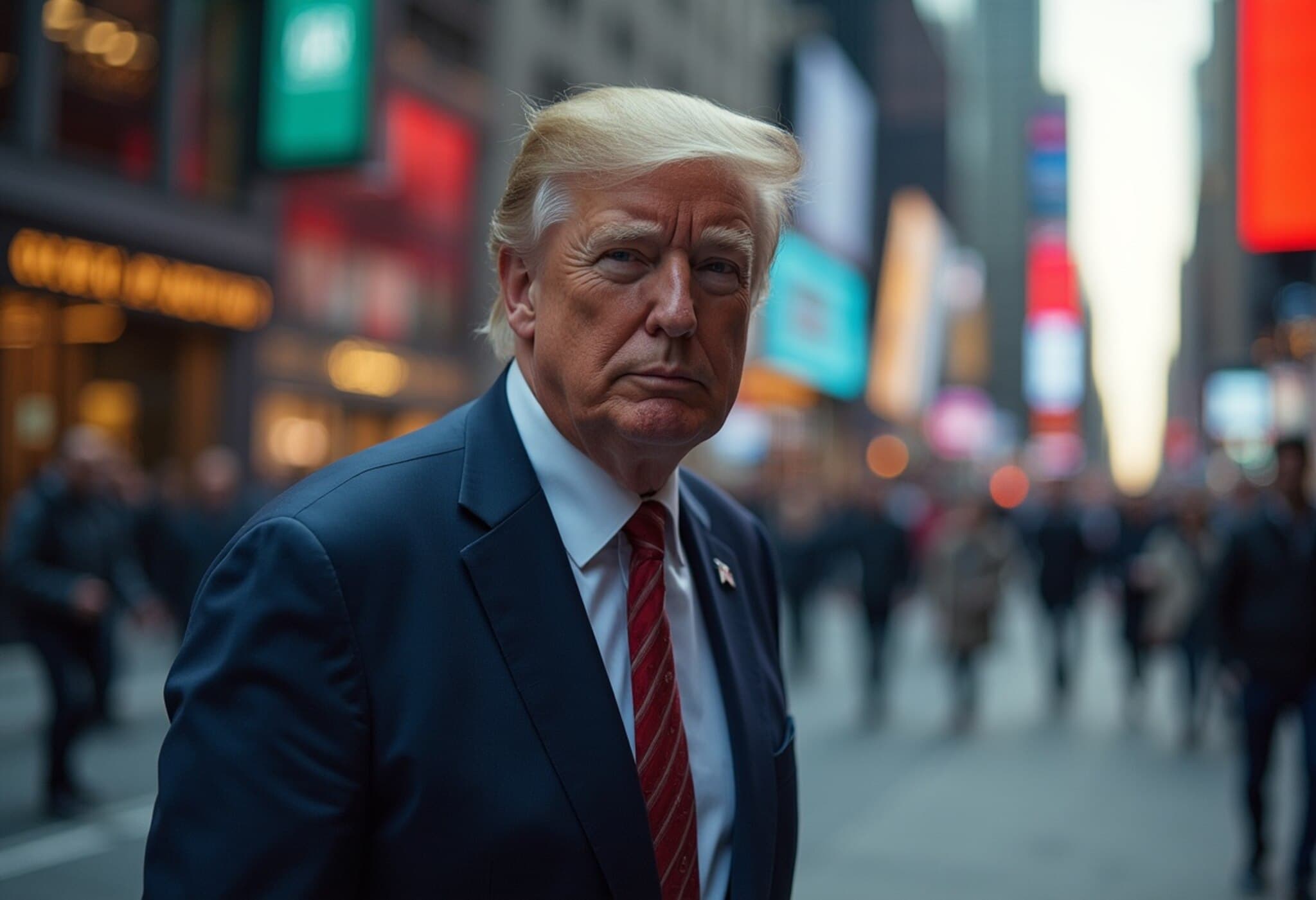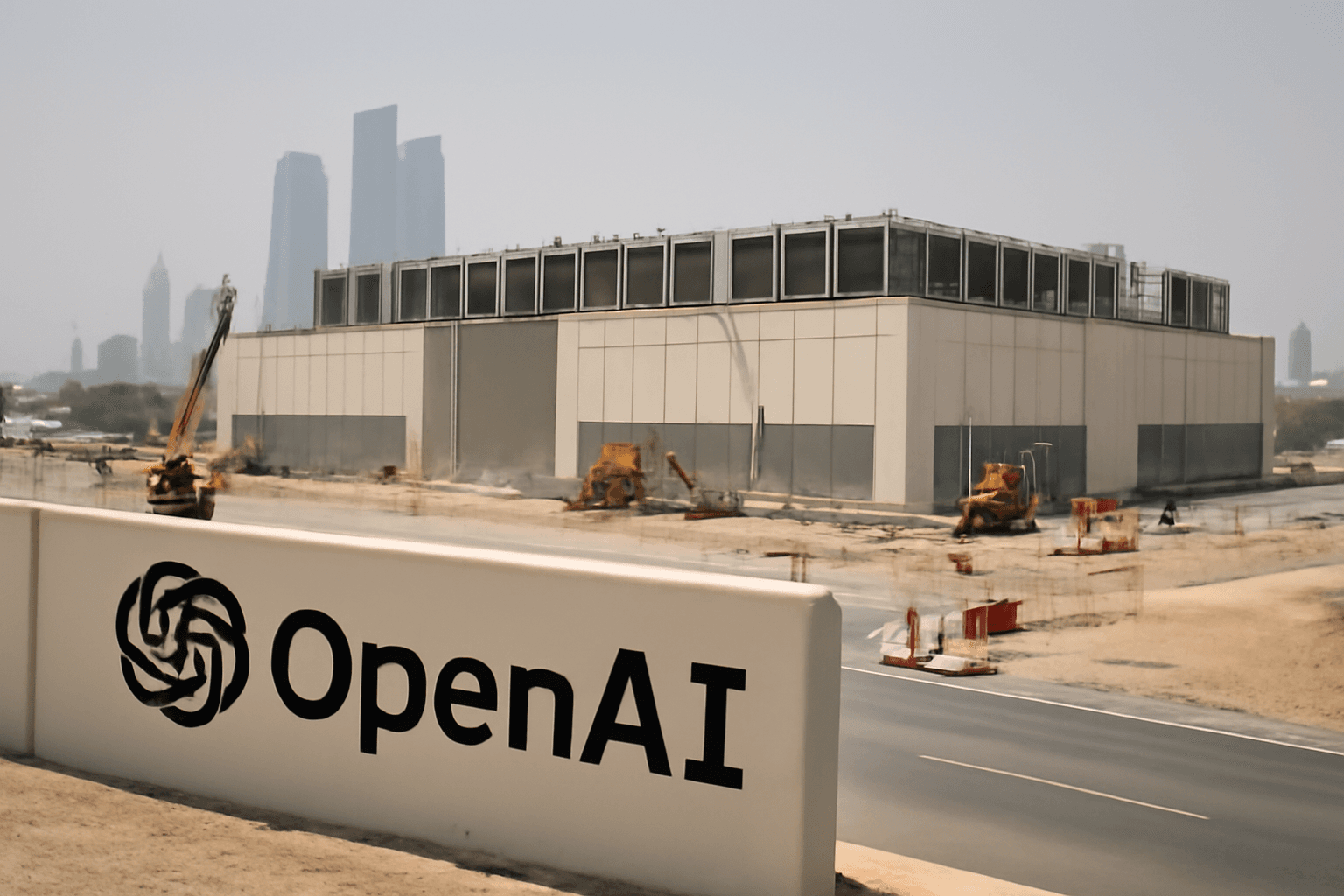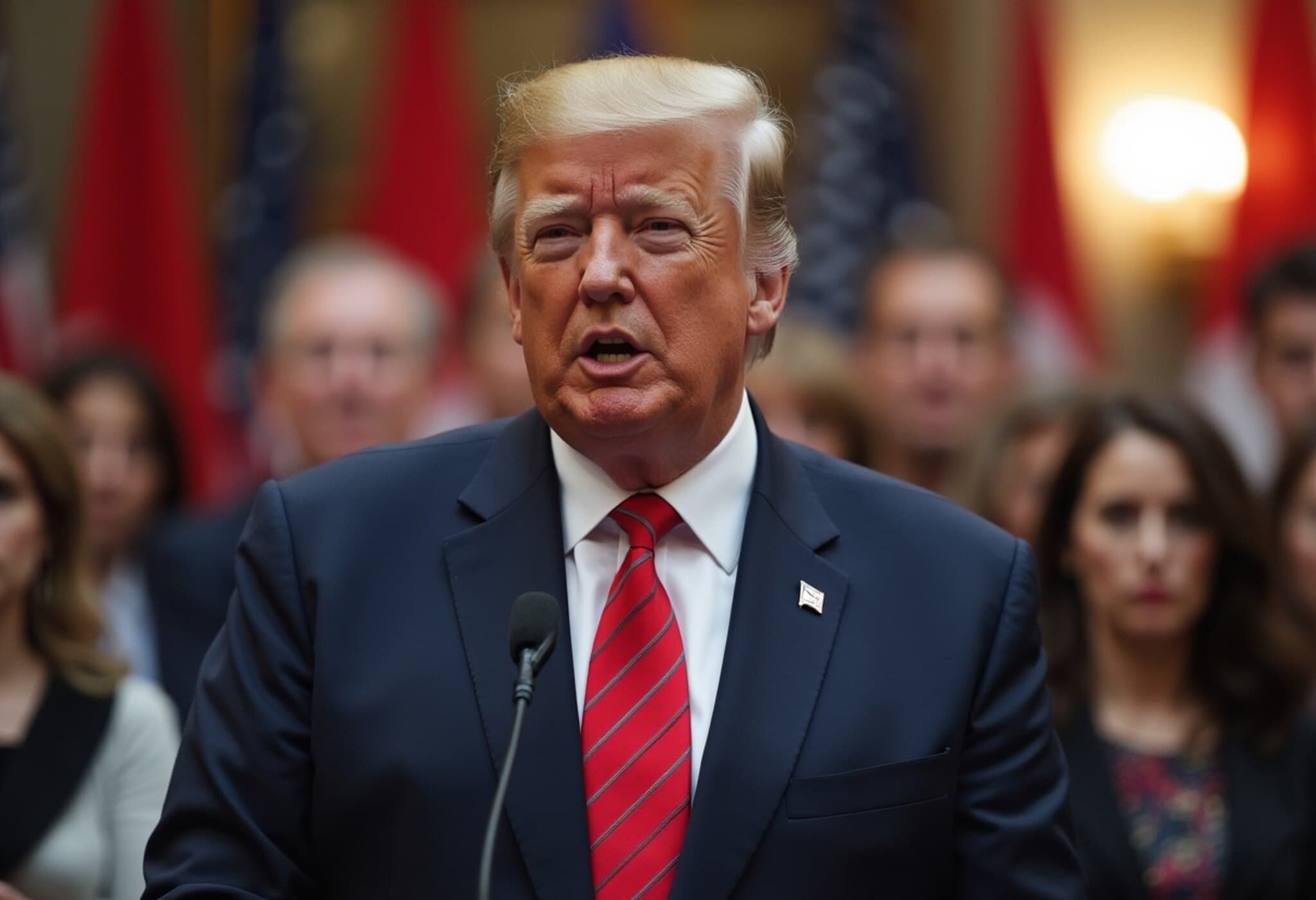Wall Street Eyes Q2 Tech Earnings with Cautious Optimism
As the tech industry's second-quarter earnings season commences this week with Alphabet and Tesla leading the charge, investor sentiment is markedly upbeat. The Nasdaq recently hit record highs, enjoying an 8% gain on the year after recovering from a turbulent first quarter. However, the sustainability of this rally will largely depend on the earnings reports from these tech giants over the next 10 days.
While enthusiasm is palpable, significant challenges still loom. From President Trump's shifting tariff policies to the accelerating yet costly race in artificial intelligence (AI), investors are keenly scrutinizing how these factors will impact profits and growth trajectories.
Alphabet: Balancing AI Innovation with Trade Uncertainties
Alphabet, Google's parent company, enters earnings season with mixed expectations. The company's flagship online advertising business faces pressure from ongoing tariff-induced supply chain challenges, particularly affecting retailers in the Asia-Pacific region.
Expected revenue growth of 11% would represent Alphabet's slowest expansion in two years, underscoring cautious investor sentiment. Yet, advances in AI offer a silver lining. Industry analysts from Deutsche Bank and Goldman Sachs point to a transformative period for Google’s search platform, powered by decades of AI research.
Additionally, Alphabet’s cloud division remains under close watch as it competes against Amazon Web Services and Microsoft Azure. Investments earlier this year to bolster data centers for AI workloads highlight the firm’s commitment to this space. Meanwhile, Waymo, Alphabet’s autonomous vehicle unit, is making strides with over 100 million miles driven without human intervention across five major U.S. cities — a testament to long-term innovation despite short-term profitability challenges.
Tesla: Navigating Delivery Declines and Political Crosswinds
Tesla confronts a more complicated scenario. The electric vehicle pioneer has seen its stock decline approximately 17% in 2025, with recent reports signaling a 14% year-over-year drop in second-quarter vehicle deliveries. Fierce competition from more affordable Chinese EV manufacturers exacerbates the pressure.
Beyond fundamentals, Elon Musk’s recent public break with former President Trump adds a geopolitical narrative layer. Musk’s departure from a White House advisory role and his ambitions to build a new U.S. political party invite close investor attention, though the primary focus remains on Tesla’s ability to innovate and stabilize sales.
The launch of Tesla’s robotaxi service in Austin offers a futuristic glimpse, though analysts caution that its immediate financial impact may be limited.
Meta: Betting Big on AI Talent and Infrastructure
Meta’s CEO Mark Zuckerberg has placed formidable bets on AI, marked by an aggressive talent acquisition spree, including high-profile hires from Scale AI and other AI startups. Meta plans to invest hundreds of billions of dollars into AI compute infrastructure, aiming to have its first custom AI supercomputer operational next year.
Despite this vision, Meta’s projected revenue growth of 14.5% for the quarter signals a slowdown from previous periods. Investors eagerly await clear evidence that AI investments will translate into sustainable returns and reinforce Meta’s platform leadership ambitions amidst intense competition.
Microsoft: Azure Remains the Crown Jewel Amid Strategic Challenges
Microsoft continues to ride the wave of cloud computing success through Azure, which remains central to its recovery and AI strategy. The company reported record-high stock prices recently, buoyed by robust growth expectations in its cloud services — with analysts projecting a 34-35% revenue increase this quarter from Azure and related offerings.
However, challenges persist, including a notable workload repatriation to physical data centers and hurdles closing government deals, partly attributed to regulatory tensions from the Trump era. Cost management efforts are underway, highlighted by significant employee layoffs, signaling a strategic tightening amid ambitious growth targets.
Apple: Facing Tariff Pressures and Supply Chain Shifts
Apple, while dominant domestically, remains vulnerable due to its extensive reliance on Asian manufacturing and parts, particularly from China. The company has felt the brunt of President Trump’s tariff policies, contributing to a nearly 15% decline in its stock this year.
Market watchers anticipate roughly 4% revenue growth this quarter, consistent with recent trends. Apple’s strategic response includes diversifying production to countries like India and Vietnam, alongside commitments to ramp up domestic supply chain capabilities — evidenced by recent partnerships focused on rare earth materials sourcing within the U.S.
Amazon: Balancing Tariff Risks and Cloud Growth
Amazon’s upcoming earnings report is poised to shed light on how tariffs and trade policy uncertainty affect its dual pillars: e-commerce and AWS cloud services. The company previously offered cautious operating profit forecasts, highlighting tariffs, currency fluctuations, and recession worries as headwinds.
Despite these challenges, CEO Andy Jassy emphasizes Amazon’s robust inventory management to mitigate tariff impacts and its competitive edge through low pricing. AWS cloud growth, while steady at around 17%, experienced its slowest expansion in a year—a trend analysts are watching closely due to infrastructure capacity constraints, particularly in AI chip supply.
What Investors Should Watch Closely
- Tariff Policies: The evolving U.S. trade environment continues creating uncertainty around profitability and supply chain logistics.
- AI Investment Returns: Expensive AI talent and infrastructure spending demand clear strategic payoffs to satisfy shareholder expectations.
- Competitive Dynamics: Increasing competition from international players and technological innovation pressure core business areas.
- Political Influences: Tech leaders’ involvement in politicized environments adds a complex backdrop to corporate strategies.
Editor's Note
As Wall Street eagerly awaits these pivotal earnings reports, the tech sector stands at a crossroads — balancing bold innovation bets against persistent geopolitical and economic headwinds. What remains uncertain is whether the rapid, capital-intensive AI arms race will generate sustainable growth or inflate a precarious bubble. Meanwhile, supply chain resilience amid tariffs and emerging competition tests the adaptability of these industry giants. For investors and policymakers alike, these earnings will provide critical insights into the future trajectory of America’s tech titans in a globally interconnected and politically charged landscape.
Understanding these dynamics is key to navigating the evolving intersection of technology, policy, and market forces shaping today's economy.



















